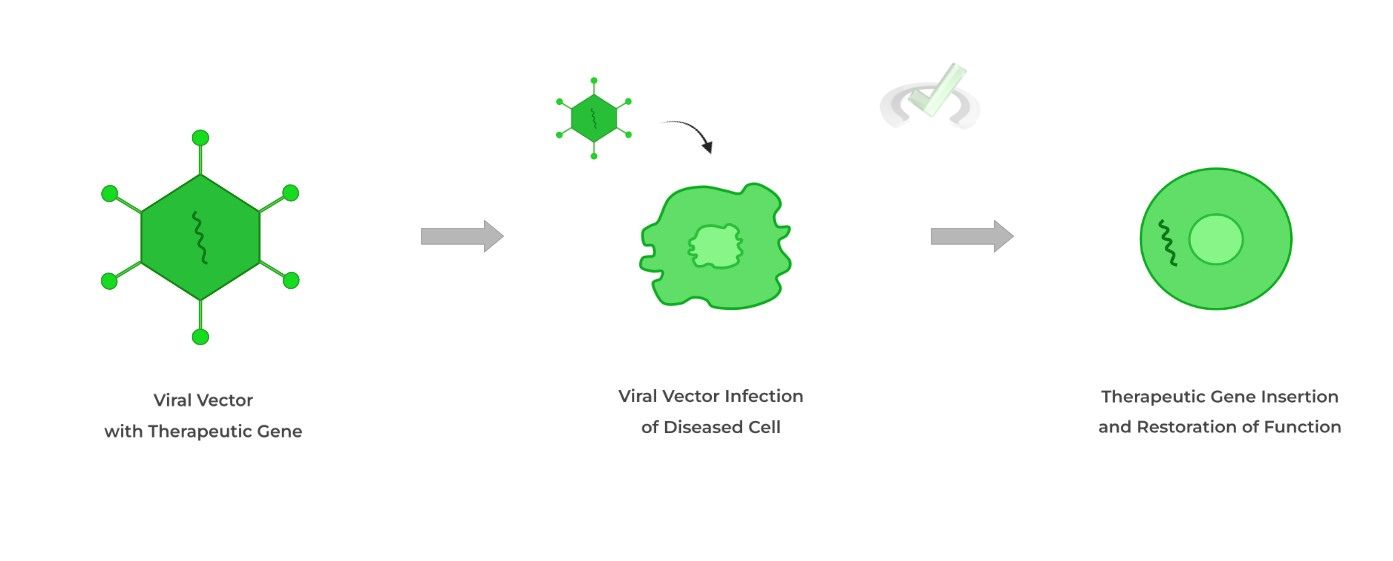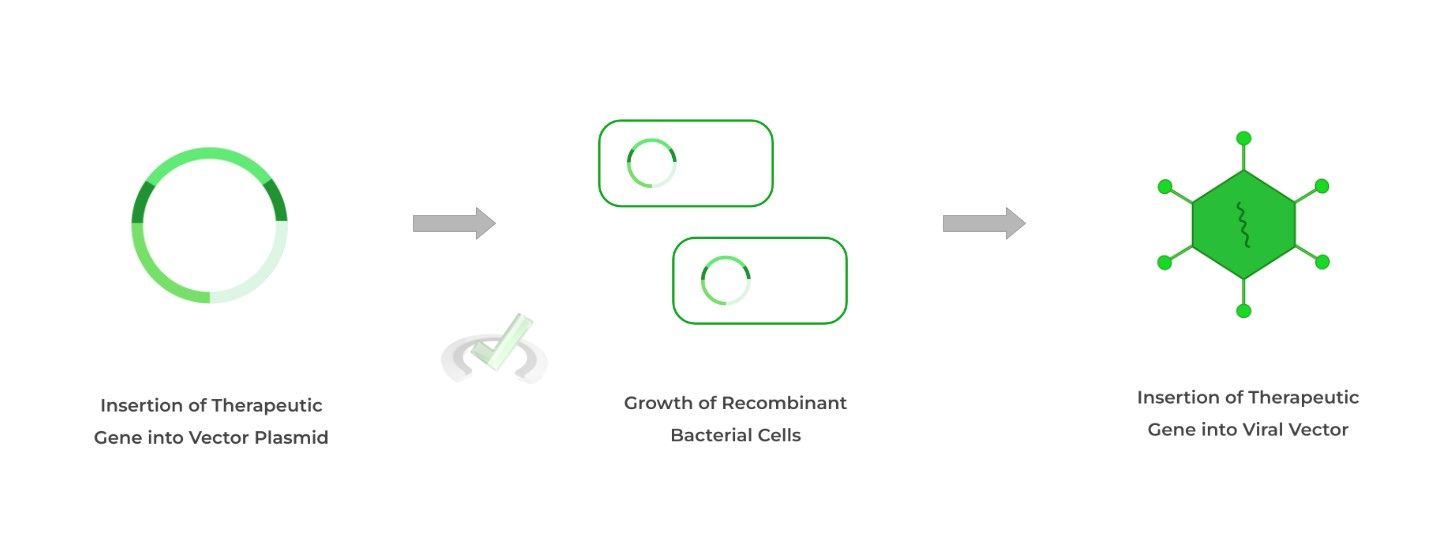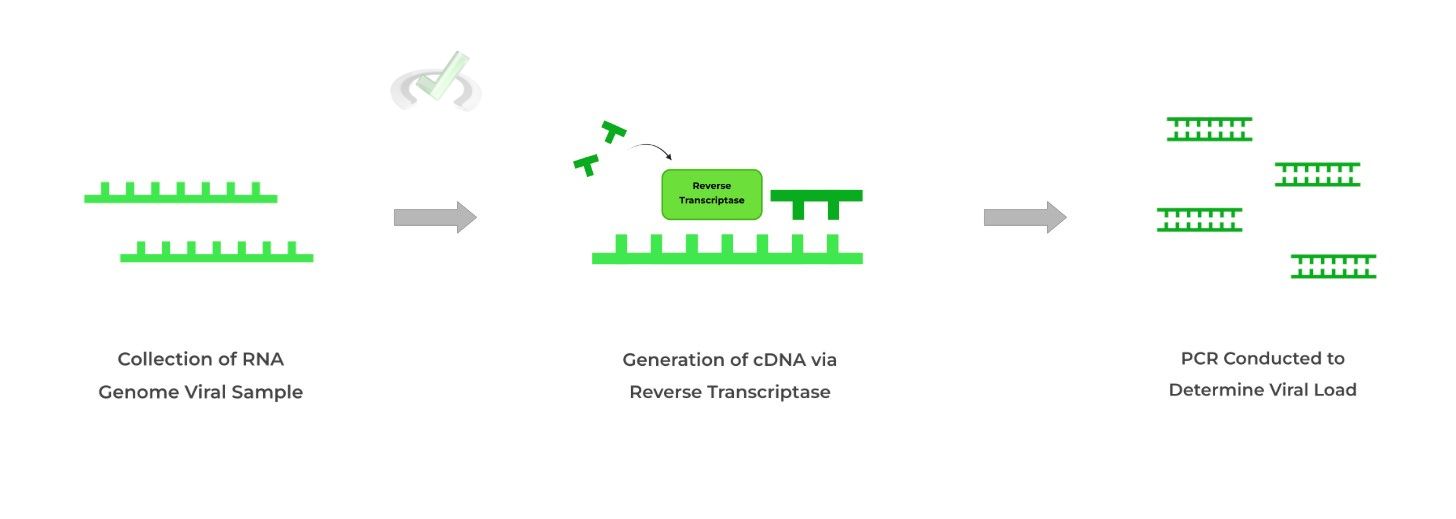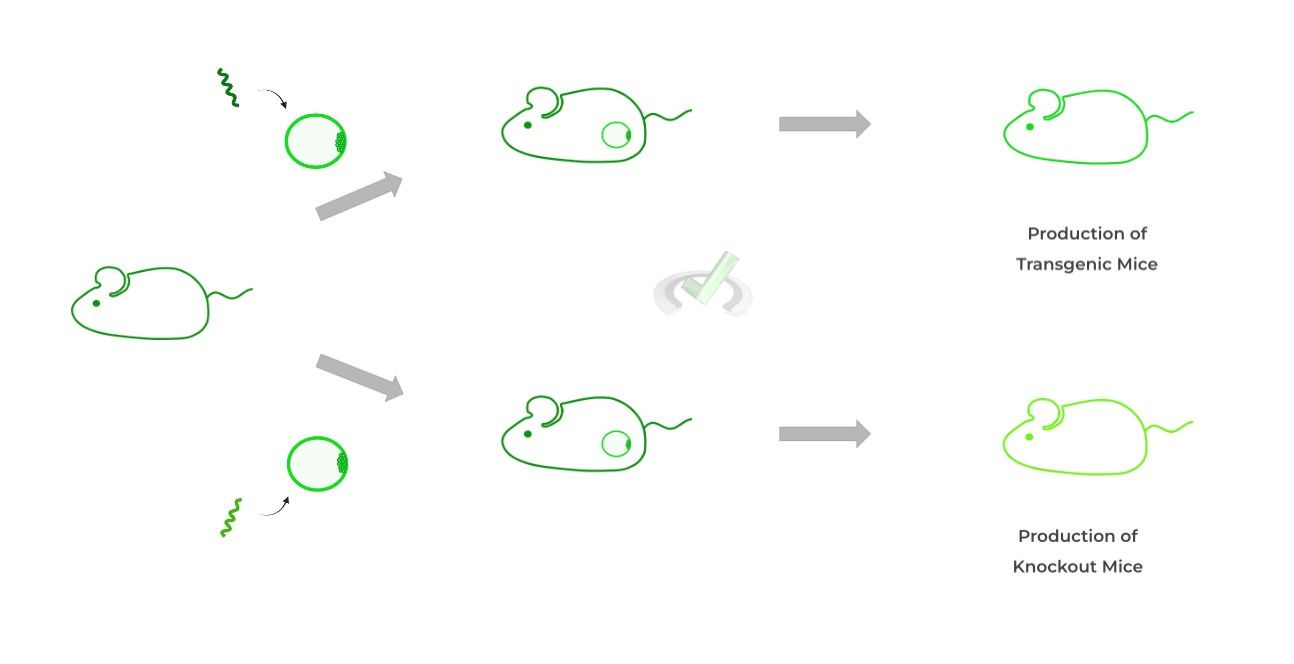I. What are Applications of DNA Technology?
Throughout the course of this topic, we’ve reviewed and discussed many different experimental and biotechnological techniques. However, we discussed them in a research context. Now, let’s see some of their real world applications!
As mentioned above, these experimental techniques aren’t just confined to the laboratory, but can also be applied in real life situations, especially in the medical context! You won’t have to look far for an example as the recent COVID-19 pandemic gives many examples of how these techniques have been applicable.
While we won’t cover all the techniques, we’ll highlight some of the more popular and simpler applications of the experimental techniques we’ve covered. Furthermore, we’ll primarily highlight their applications in the medical context as this most probably relates to the MCAT!
II. Medical Applications of DNA Technology
We’ll cover 3 different scenarios of DNA technology application, each utilizing a different experimental technique: 1) Viral Vector Gene Therapy, 2) rt-PCR Test, and 3) Transgenic and Knockout Mice.
A. Viral Vector Gene Therapy
For diseases which emerge due to the lack of a crucial, functional gene, viral vector gene therapy has been revolutionary as a developing therapeutic tool.
In its simplicity, it involves utilizing a virus as a vector, engineered to be MUCH LESS potent as well as contain a normal therapeutic gene.
Because the viral receptor binding protein can be engineered to selectively target specific cells, upon receptor binding with the target cell, the viral vector can “infect” and introduce the therapeutic gene to the defective cell, hopefully restoring gene function.
A crucial component to this process is first the cloning of the therapeutic gene before insertion into the viral vector, which is where DNA cloning comes into play.
The therapeutic gene is first cloned commonly through the recombinant gene cloning method as described in another article. Once the gene has been cloned, it can be inserted into the viral vector which can then be utilized for gene therapy.
B. rt-PCR Test
We’ve all undeniably have reaped the benefits of this test within the past 2 years, be it directly or indirectly, as it's been used as a means to detect the presence of SARS-CoV-2 in individuals.
This test actually encompasses 2 topics we’ve covered: 1) Reverse Transcriptase and obviously 2) the PCR reaction. Just like creating the cDNA libraries, reverse transcriptase first generates complementary DNA from the viral RNA genome.
Finally, the cDNA is then amplified via several polymerase chain reactions, with fluorescence being an indicator of viral load.
Specifically, diagnosticians measure a Ct value, which is the amount of PCR cycles in order for fluorescence to overcome a threshold. A lower Ct value indicates a smaller amount of cycles needed to pass the threshold, indicating a higher viral load.
C. Transgenic and Knockout Mice
Though we covered these mice and the process to generate them, let’s focus more on their medically, research applicable uses!
Transgenic and knockout mice are best utilized to study the progression of a disease when a defective gene is introduced or a functional gene is taken away, respectively.
Let’s use cancer as an example. To study cancer progression in transgenic mice, a transgene could be inserted into embryonic stem cells which codes for a constitutively active RAS protein, which promotes cell growth.
Contrarily, embryonic stem cells could be engineered to have the p53 gene removed, which is important in suppressing tumor growth, to study cancer progression.
III. Bridge/Overlap
This section will be a little different as we’ve already kinda established a bridge between the experimental techniques we covered and their applications in the medical field!
We now encourage you all to explore more about these technological applications in the medical field if you do have time to spare in between study sessions even if it’s every now and then!
It’s amazing to know the scientific basis of all these applications especially when reviewing them in medical school, cause we know you all will get in!IV. Wrap Up/Key Terms
Let’s take this time to wrap up & concisely summarize what we covered above in the article!
A. Viral Vector Gene Therapy
This type of gene therapy involves the use of a viral vector carrying a therapeutic gene and engineered to be much less potent to target cells and deliver the therapeutic gene with the hopes of restoring function!
The benefits of using a viral vector is that the receptor binding protein can also be engineered to specifically target cells.
A key step in this process is the cloning of the therapeutic gene, which can be done by recombinant gene cloning!B. rt-PCR Test
This test combines aspects of reverse transcription and PCR reactions in order for viral load detection, as we’ve all experienced within the past 2 years due to COVID-19.
Similar to generating cDNA, the RNA genome of the virus is reverse transcribed to complementary DNA. Finally, several polymerase chain reactions are performed, using fluorescence as an indicator of viral load.
Generally, the lower the number of PCR cycles it takes to break the fluorescent threshold, the higher the viral load.C. Transgenic and Knockout Mice
Look back to our previous article to review the process and involvement of embryonic stem cells in generating these types of mice!
Transgenic and knockout mice are best used when wanting to study disease progression through the introduction of a defective gene or removal of a functional gene, respectively,V. Practice
Take a look at these practice questions to see and solidify your understanding!
Sample Practice Question 1
For a certain SARS-CoV-2 testing kit, the Ct threshold cutoff is 45 cycles. Given this, which of the following samples has the least viral load?
A. 45 cycles
B. 30 cycles
C. 90 cycles
D. 25 cycles
Ans. C
The Ct threshold cutoff is the number of PCR cycles that need to be performed in order for the fluorescence to pass the threshold. A lower number of cycles indicates a higher viral load because it took less cycle for the fluorescence to pass the threshold.
Conversely, a higher number of cycles to exceed the fluorescence threshold indicates a lower viral load because it takes more cycles to pass the fluorescence threshold.
Sample Practice Question 2
If we wanted a more direct way to target the SARS-CoV-2 viral RNA genome, which of the following would be the most direct?
A. Northern Blot
B. Southern Blot
C. Western Blot
D. Gel Electrophoresis
Ans. A
Recall that the northern blot is used for the detection of RNA molecules which would allow us to to detect the viral RNA genome of SARS-CoV-2. It’s worth mentioning that findings and papers show this type of detection to be fairly weak, which is why the rt-PCR method is used.



 To help you achieve your goal MCAT score, we take turns hosting these
To help you achieve your goal MCAT score, we take turns hosting these 
























